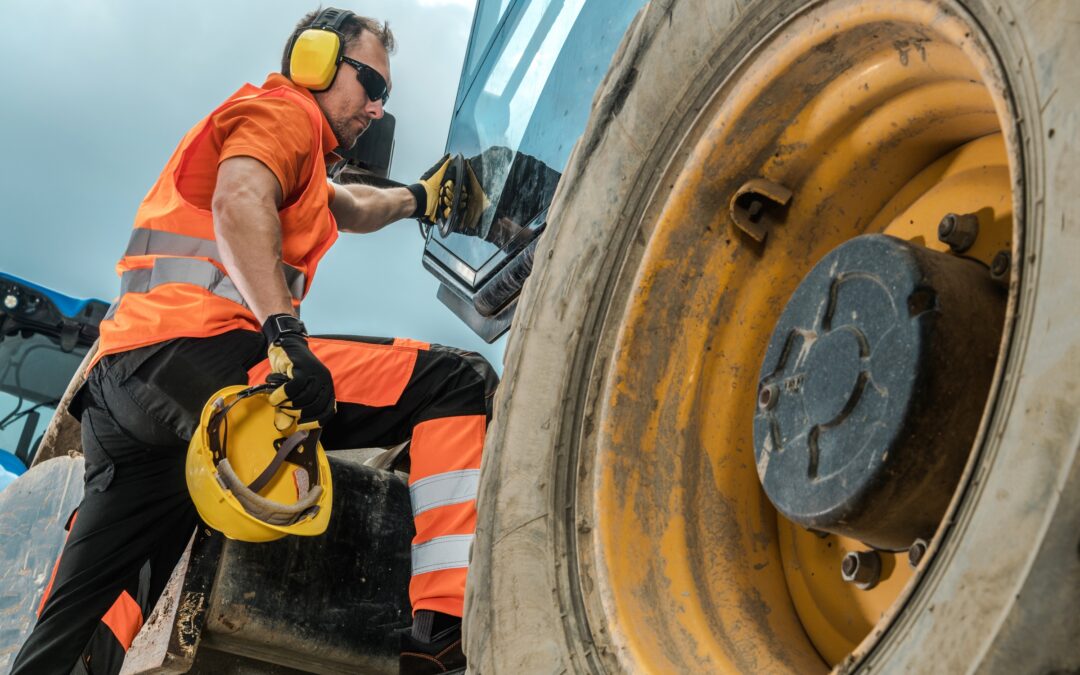Workers face various hazards daily, including sharp objects, heavy machinery, toxic chemicals, and extreme temperatures. Wearing suitable clothing and personal protective equipment is crucial for preventing serious injuries.
Discussion Points:
- Types of safety clothing,
- Workplace hazards influence clothing and
- Choosing the appropriate clothing and PPE.
Discussion:
Workers encounter various hazards daily, influencing the type of protective clothing required for each job task. Different positions require specific types of protective clothing, and workers must wear appropriate apparel to ensure their safety from potential hazards and reduce the likelihood of accidents and injuries.
It is essential to understand the potential risks of encountering harmful substances such as lead, mercury, and asbestos while working on older vehicles or handling scrap metal. Wearing the appropriate clothing and safety equipment is vital to prevent exposure to these substances and reduce the risk of injury and illness.
It is essential to understand how clothing can affect safety. Here are some key clothing considerations to minimize the risk of accidents and injuries:
- Make sure clothing fits properly. Loose clothing can get caught on rotating equipment.
- Do not wear sweaters, hooded sweatshirts, attire with strings, neckties, rings, watches, bracelets, or anything that could become entangled in the machinery or present an electrical contact hazard.
- Avoid excessively thin or worn clothing that could tear easily and get caught on equipment controls.
- It is crucial to protect against sharp objects. Denim, canvas, and other puncture-resistant clothing protect against hazardous elements, including metal parts that may have sharp edges or jagged surfaces.
- Wear clothing that covers the skin in areas where hazards may cause skin injuries. Long sleeves provide an extra barrier for the skin, and long pants offer additional protection for the legs.
- Wear breathable, thinner layers at warmer temperatures.
- Wear thicker and warmer layers in colder temperatures.
- When handling potentially hazardous materials, wear protective clothing and personal protective equipment (PPE) such as coveralls, gloves, safety glasses, and respirators.
- Avoid clothing made from acetate, nylon, polyester, and rayon, either alone or in blends; these materials could increase the injury sustained.
- Wear clean protective clothing daily and have extra clothing to change if they become wet with chemicals.
- Wear high-visibility clothing that is easily visible to others. Reflective vests or jackets must meet ANSI standards for visibility.
- Wear steel-toe boots with thick soles that protect against slips, chemicals, electrical hazards, punctures, and crushing injuries.
- Wear hard hats, safety helmets, or bump caps that protect against impact.
Wearing appropriate clothing and PPE is essential for protecting yourself from hazards and minimizing the risk of accidents and injuries. Training will be provided through eComply® and reinforced yearly through toolbox talks and other safety meetings. It is essential to understand the significance of wearing appropriate attire and PPE. Remember, safety comes first.
As always, stay safe out there!


Recent Comments